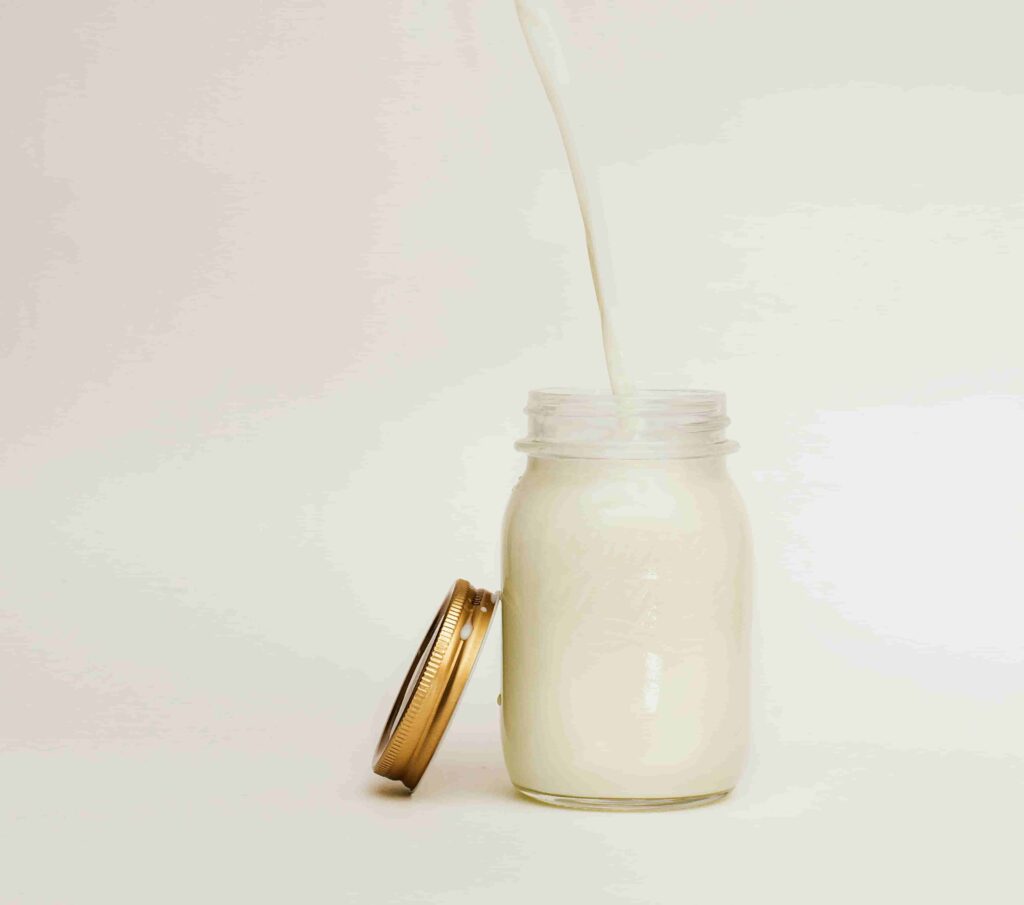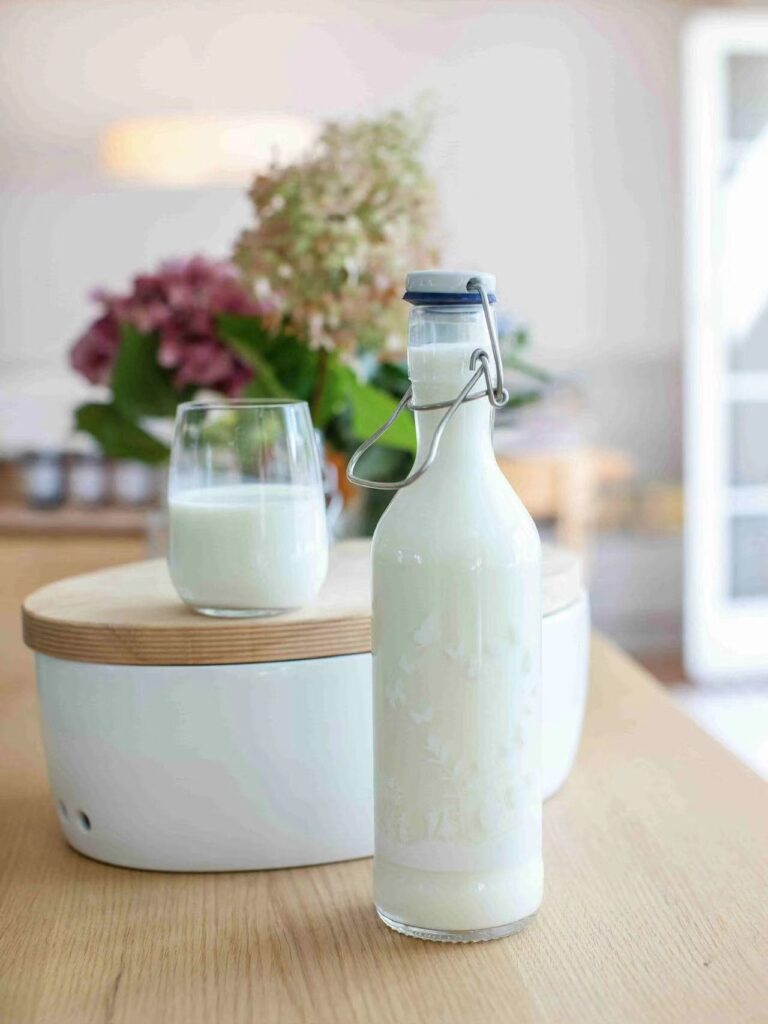Amidst a growing consciousness towards sustainability and the environmental impact of packaging, glass milk bottles have made a remarkable comeback. They intertwine nostalgia with modern eco-innovations. These vessels not only evoke memories of a simpler time when milk was delivered to doorsteps in the early dawn. But also stand at the forefront of addressing contemporary environmental concerns. Their resurgence is a testament to the collective desire for alternatives that can mitigate the adverse effects of single-use plastics. This comprehensive guide aims to explore the multifaceted benefits of glass milk bottles. From their stringent quality standards and unparalleled durability to their impressive reusability. It plays a crucial role in extending the shelf life and preserving the nutritional integrity of milk. Furthermore, it provides insights into sourcing these eco-friendly containers, catering to individuals and businesses alike in their quest to combine tradition with sustainable practices.

Section 1 What a Qualified Glass Milk Bottle Should be?
1.1 Durability and Safety
A qualified glass milk bottle must be crafted from high-quality, food-grade glass, capable of withstanding frequent sterilization and cleaning without compromising its integrity. The ideal glass milk bottle comes with a lid—ensuring that the milk remains uncontaminated and fresh for longer. These bottles are designed to resist cracking or shattering, making them safe for daily use.
2.2 Size and Convenience
Offering a variety of sizes, such as 8oz and 32oz milk bottles, caters to different needs and occasions. Bottles equipped with lids (glass milk bottle with lid) enhance convenience, allowing for secure storage and minimal spillage. The availability of glass milk bottle caps and glass milk bottle lids separately ensures that the bottles can be reused extensively.
Section 2 Reusability and Environmental Impact
Glass bottles for milk storage boast an exceptional capacity for reuse, significantly outperforming many other packaging materials in terms of sustainability and environmental impact. With proper care, including thorough cleaning and sterilization after each use, glass milk bottles can be reused hundreds, if not thousands, of times before showing any sign of wear and tear. This remarkable durability not only reduces waste but also diminishes the need for the production of new bottles. Thus conserving resources and minimizing the carbon footprint associated with packaging.
The exact number of times a glass milk bottle can be reused depends on several factors, such as the quality of the glass, the conditions under which it is used and cleaned, and how well it is handled. Minor chips or cracks can significantly reduce a bottle’s lifespan, making it crucial to handle them with care. However, under ideal conditions and with meticulous maintenance, glass milk bottles can serve their purpose for many years, making them a preferred choice for eco-conscious consumers and businesses looking to enhance their sustainability practices.

Section 3 Nutritional Integrity and Shelf Life
3.1 How Long Does Milk in Glass Bottles Last?
Milk stored in glass bottles boasts a prolonged shelf life. It is attributed to glass’s ability to create an airtight seal, which significantly curtails the entry of air and prevents contamination. This seal, superior to that of plastic containers, plays a crucial role in preserving the milk’s freshness and quality over time. When properly refrigerated at or below 40°F (4°C), milk in glass bottles can maintain its optimum freshness for up to 7 days. This enhanced longevity not only offers convenience to consumers. It also contributes to reducing food waste, aligning with sustainable consumption practices. The impermeability of glass also means that it does not impart any odors or flavors to the milk, ensuring that the product remains in its purest form for as long as possible.
3.2 Milk in a Glass Bottles Loses What Vitamins?
When milk is stored in glass bottles, it benefits from the inert properties of glass. Which prevents interactions between the milk and the packaging that could affect flavor or nutritional content. However, one drawback of glass packaging is its transparency, which can allow light to penetrate and degrade certain nutrients in the milk. Two key vitamins affected by light exposure are riboflavin (vitamin B2) and vitamin B12. Riboflavin is sensitive to light. And its levels can diminish when milk is exposed to sunlight or even strong artificial light. Vitamin B12, essential for brain health and the production of red blood cells, can also degrade under similar conditions. To counteract this, using opaque or tinted glass bottles is a practical solution. These bottles significantly reduce light penetration, preserving the milk’s nutritional integrity and ensuring consumers receive the full health benefits.
Section 4 Where to Buy Glass Milk Bottles?
For those looking to purchase, options abound. Glass milk container for sale are readily available from various suppliers who specialize in glass milk bottle wholesale. Catering to businesses and consumers alike. Whether you’re seeking small milk bottle, milk bottles with lids, or glass gallon milk jugs, finding a supplier that offers glass milk bottle bulk purchases can provide you with quality bottles at competitive prices. Furthermore, specialized bottles like baby milk bottle glass or chocolate milk glass bottle are also available to meet specific needs. Smilebottles can be your reliable supplier.
Glass milk bottles not only offer an eco-friendly alternative to plastic. They also enhance the milk drinking experience by preserving its freshness and nutritional value. Whether for personal use, wholesale, or retail, glass milk bottles represent a wise choice for those committed to environmental sustainability and quality. Embrace the shift towards the glass. And contribute to a healthier planet and a richer milk-tasting experience!












